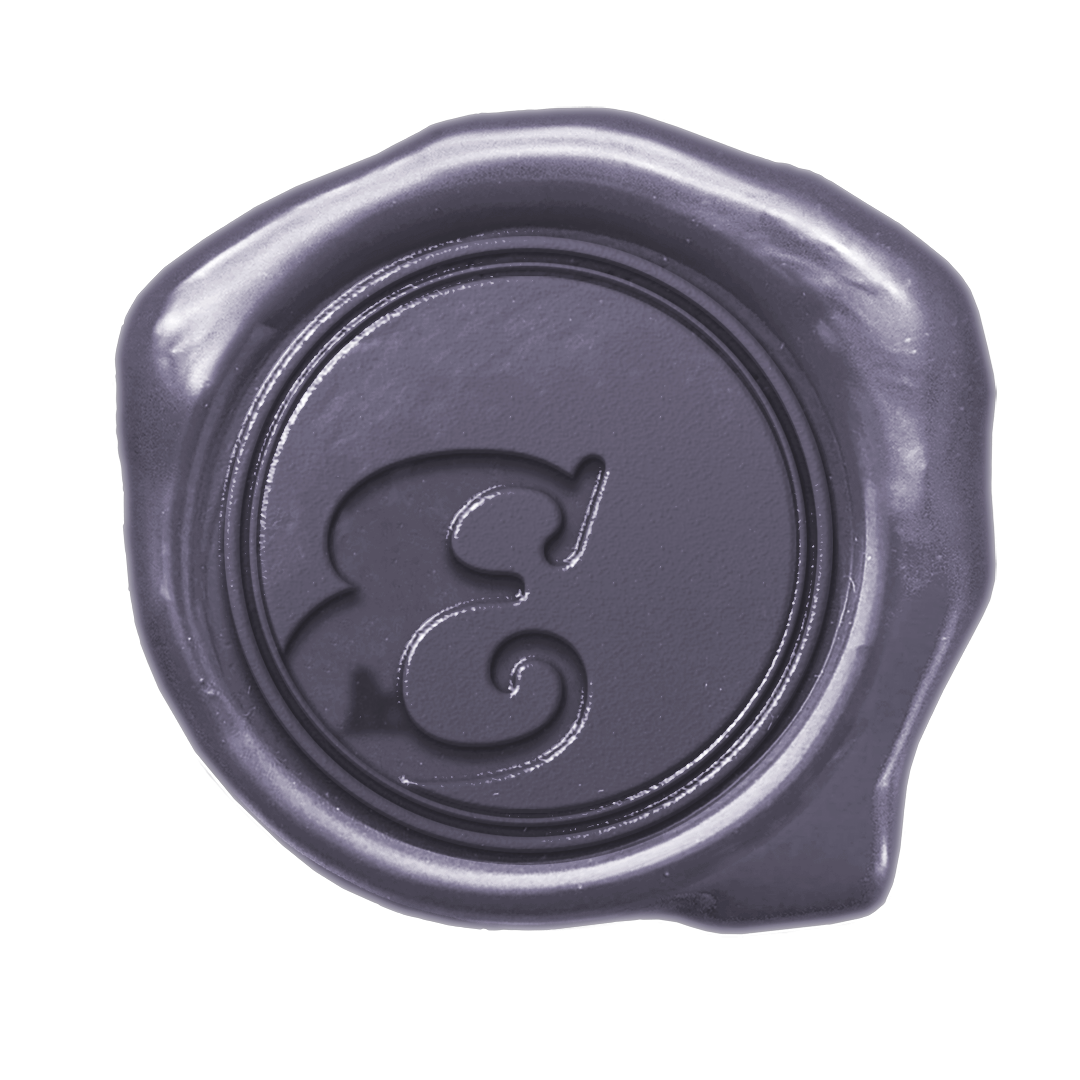Oldenburg, Lower Saxony, Germany
Oldenburg in Oldenburg, Niedersachen, Deutschland
Oldenburg “in Oldenburg” is named that, technically, to distinguish between Oldenburg in Holstein. It’s somewhat similar to the almost 20 cities named “Columbus” in the U.S., except that we don’t always distinguish between those cities in the States. Oldenburg has a population of over a 165,000 and the city is less than 40 square miles big (ungefähr 102.96 km2). Which, obviously, can all be found on Wikipedia.
What’s more important is what one can see with their own eyes and finding affordable or free things to do/see, which is why I went to the Schlossgarten Oldenburg, or palace/castle garden of Oldenburg first. In the city center lays the Palace of Oldenburg, which is what the park was named after. The palace is definitely not a castle or palace like the famous Neuschwanstein Schloss in Bayern (Bavaria), but it is lovely nonetheless. The palace was occupied by monarchs up to the end of the Second Reich (WWI). Today, it’s used as a museum (aren’t most palaces museums these days?). The Schloss Oldenburg is currently under some repairs, so I couldn’t get a good picture, but here’s a picture from Wikipedia.
Schloss Oldenburg
When you move past the palace, cross the street, and find the nearest path, you see that glittering, red sand-rock is used as the pavement. This sand-like material makes the walk rather quiet and peaceful within the park, allowing you to leave the noise of the city behind. There’s enough dense foliage to block out most of the city and provide you with a little serenity. The park’s size is pretty impressive given that Oldenburg isn’t a “large” city by traditional, American standards. In the center of the park lays a few green houses and other assorted buildings rest. The park is a rectangular shape, so if you began at the top or bottom, it’ll take you about ten minutes long to reach the middle. When you arrive, it has the distinct feel of an Enlightenment-period, European homestead where there are several, longer buildings dotted throughout. Some even look like stables forcing you to give your best British accent as you walk through the gardens. Quite! I daresay! And, that’s about enough of that…
As you can see in the above picture, the strikingly vivid, steel blue door with the clean brick and ivy give it an old-time manor feeling. What I do know about the difference between German gardens and English gardens is that English gardens have a reputation for being manicured, while German gardens have the reputation for allowing their foliage to grow in natural patterns — as you can tell by my surroundings. Not beastly overgrown, but not finely manicured.
This park was the perfect place to go and clear my head before I headed right into the bustling city center. The city center is the “Altstadt” or “old city.” It feels as if every European town/city’s center is going to be the old city. Why? Think about medieval times when the town was but a spec at first. Then, it eventually expanded outward. This is evident of the river and creek that surrounds the city center. Fresh water sources are a good clue to where the older parts of the city may have first formed. In the exact center are “three” interesting things: the
St. Lambertikirche Oldenburg (St. Lamberti Church of Oldenburg, see below), the Schloss of Oldenburg, and the surprisingly modern shopping centers dispersed throughout. This is what I love about Germany — a beautiful blend of past and present all at once.
This is yet another thing I love about Germany and European cities — oh, how the church-bells sing! I can’t get enough of them. The above video is of the St. Lambertikirche Oldenburg, an Evangelical church, I believe. When a church gets to be named with the title of the city, I can usually guess whether it’s Protestant or Catholic. The “official” religion of northern provinces are Protestant, while the “official” religion of southern provinces are Catholic. The reasoning is deeply rooted in history and is a topic for another time. Regardless, there are still Catholic churches in the north and vice-versa. It might remind people of the U.S where in certain areas, there is a balanced mix between denominations. Surprisingly enough, there’s also deep-rooted Jewish history in the city dating back to the 14 century. The Jewish community produced people like Leo Trepp, a community Rabbi who became an honorary citizen of Oldenburg and later had a street named after him.
And the bustling city-center may be small, but it has modern restaurants, bars, and shops as well as some stores boasting being in business for over “160 years.” I decided to go to a place called Café Extrablatt where I drank an amazingly delicious “Eisschokolade,” which is chocolate ice cream in chocolate milk, which almost becomes a milkshake. Either way, what’s important to know is that many of these sweet treats in Germany tend to use less high-fructose corn syrup, so you don’t get that phlegm in the back of your throat. Less regerts that way boys and girls. But, on that note, I don’t usually care as much for modern shopping centers. I love ancient buildings and cobbled roads, which is why I leave this blog with a final video of another glimpse at the inner city.
Until next time, lovelies,
Ehron



